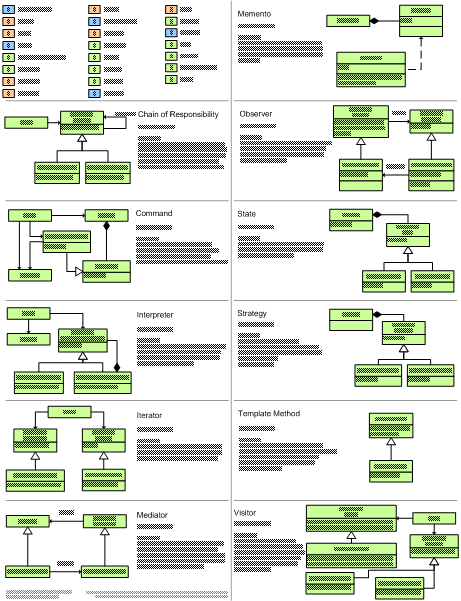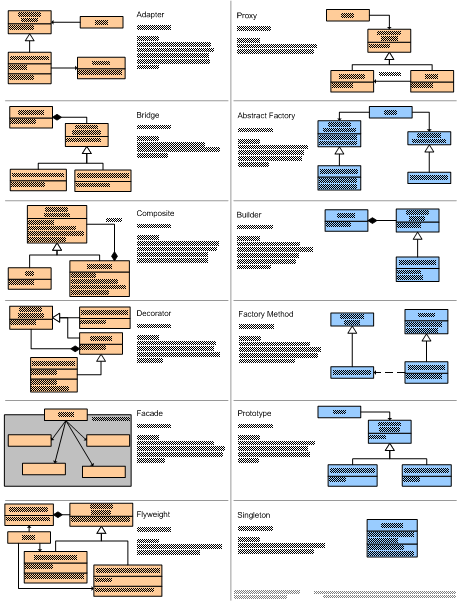I watched a prior employer systematically send software engineering jobs to India, giving all domestic software engineers the option of becoming software analysts or showing themselves the door. Despite this, I like to think that I have a fairly open view of offshoring, globalization, and our place in the economy. While at first I was very angry with the decision and spent a good bit of time vehemently discounting offshoring, I have relatively recently come full circle to the view that offshoring is good as long as it is in the right context.
Cheap labor is nothing new. People have long complained about losing jobs to workers willing to do the same job for less money but the problem typically reaches a boil when the invading workforce is nomadic or the employer seeks foreign investments. This is because many see this job loss as a negative impact on the economy and their livelihood. However, just because a job is lost to an overseas competitor doesn’t mean the effect on unemployment is a negative one. Unemployment only encompasses those unemployed individuals who are actively looking for a job. Individuals who are not actively pursuing employment are not counted. The majority of domestic employees can find another job once theirs has been outsourced. It may not pay as much as they are used to or may be “a step down”, but it is still employment. For the most part we can ignore the negative impact on the economy as a result of offshoring. In fact some studies even show that offshoring has a positive impact on unemployment rates.
So if the economic argument for maintaining domestic jobs breaks up, what is left? Pride. The fact that we have lost our jobs to someone who is willing to work for far less injures our ego and leaves a bitter taste in our mouths for globalization (I can personally attest to this). To help illustrate the positive side of this trend we must change our perspective and look to the supply and demand of labor in the job market.
Assuming a successful service or product, the early days of an industry create a high demand for workers to maintain adequate supply for consumers. Assuming that consumer demand remains high, so will the demand for workers. Because of the perpetual demand for workers and the desire to maintain high profits and low costs companies will find ways of optimizing and improving processes to the point where they are at their optimum level of efficiency. Once a process reaches a point where it is at its most efficient, the action of executing the process takes second chair and becomes an exercise in following a well rehearsed script. At this point it is relatively easy and cost effective for companies to ship production and processes offshore where they can achieve the same results for a much lower price.
When this happens, the domestic employees are left with three decisions: don’t work, find another position utilizing the same skill set, or improve their skills. Most workers will opt out of the first option as a lack of income severely hinders one’s lifestyle. The second option is a likely jump for most employees however this option will only be viable for as long as there is a domestic job within their skill range. Once the domestic positions have dried up the deposed employees will be left with only the first and third option, meaning most will opt to improve themselves. This improvement ushers in the next phase of the cycle and brings us full circle back to where we began: employees are helping to drive towards efficiency in an economy.
The economy we now find ourselves entering is one where labor, and thus hardware, is cheap and readily available and information is truly where the power and money lies. Just look to companies like Apple and their designs for proof of this. The next phase of this cycle has already begun. The information economy is already starting to be shipped to less expensive venues and the domestic economy, at least in the software world, is starting to move towards an architecture and design economy where product specifications and OOD are pounded out here and then shipped overseas for quick assembly. The same concept can be seen in all industries, as was illustrated with the link to Apple hardware above.
The shift from an agrarian society to an industrial society took a long time. The shift from an industrial society to a data society took significantly less time. Already we are seeing the dawn of a knowledge society were data is just the avenue of exchange. As the working medium becomes more pliable we will see this trend continue to speed up. So how can you make sure you aren’t left behind in this cyclic evolution? Stay abreast of the trends and tailor your learning to accommodate. It is when we stop being mad at outcomes and start looking for opportunities in them that we will truly help ourselves and our economy truly excel.


